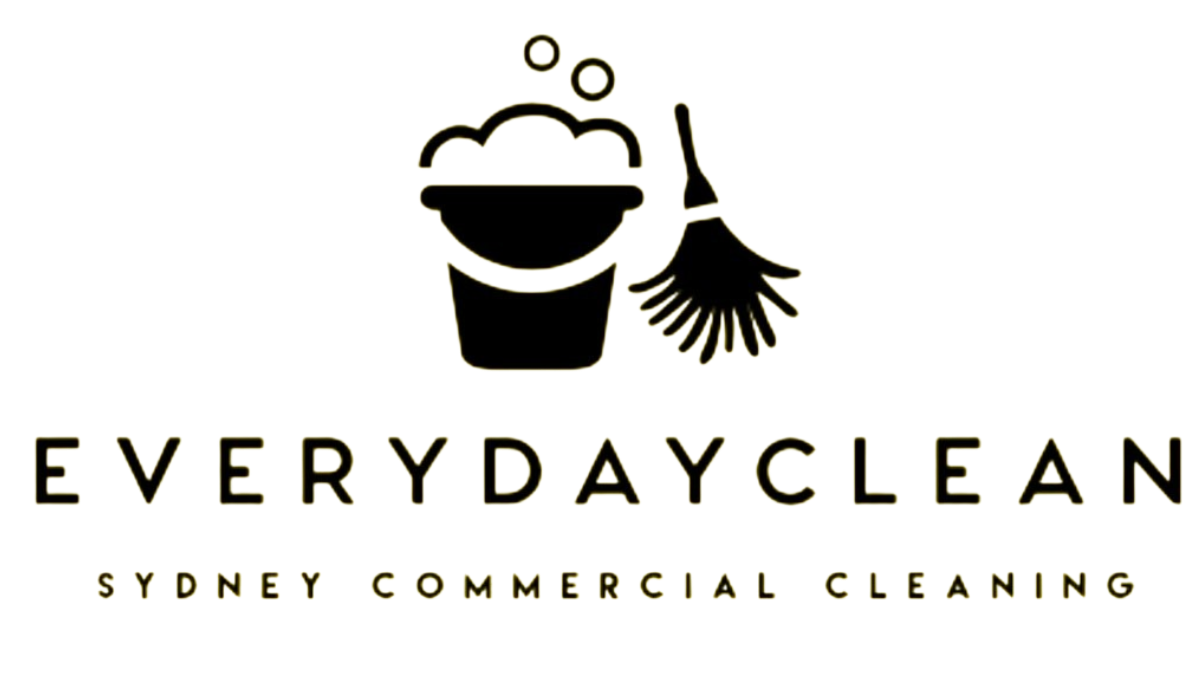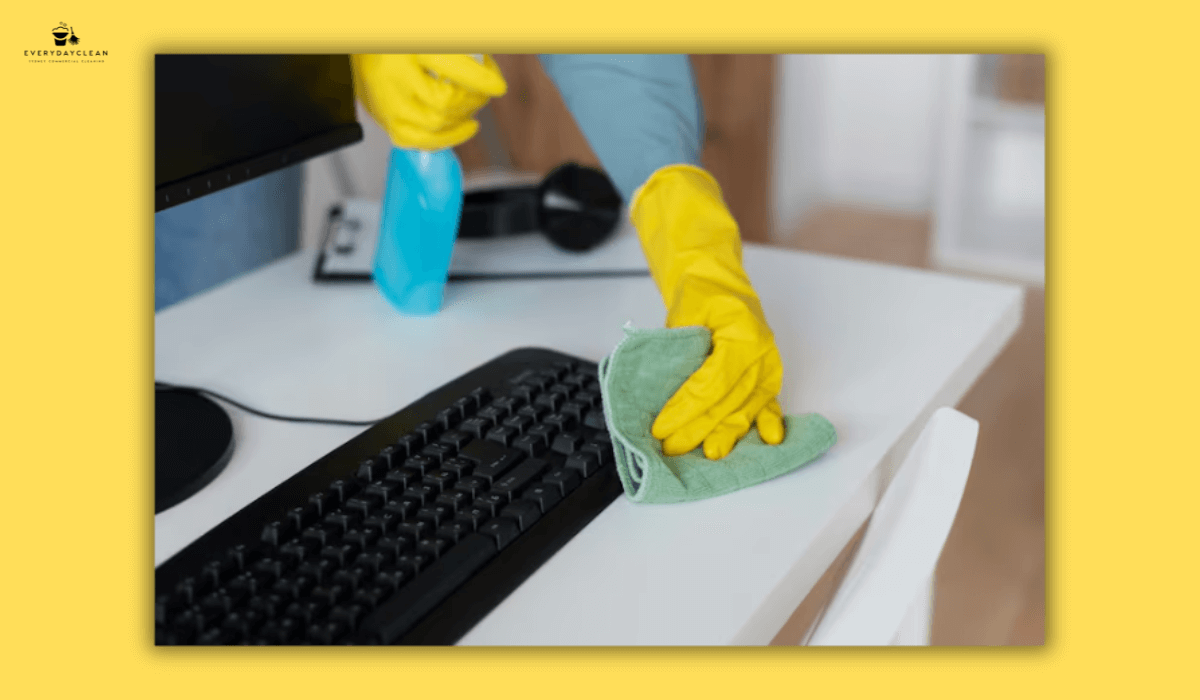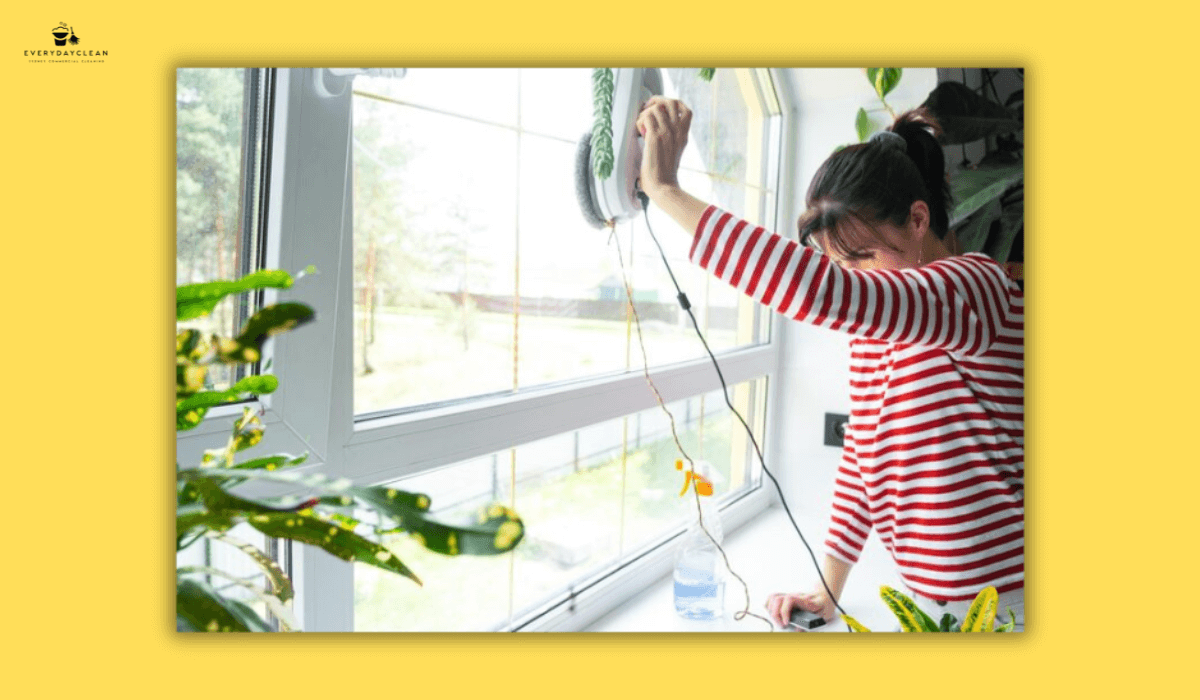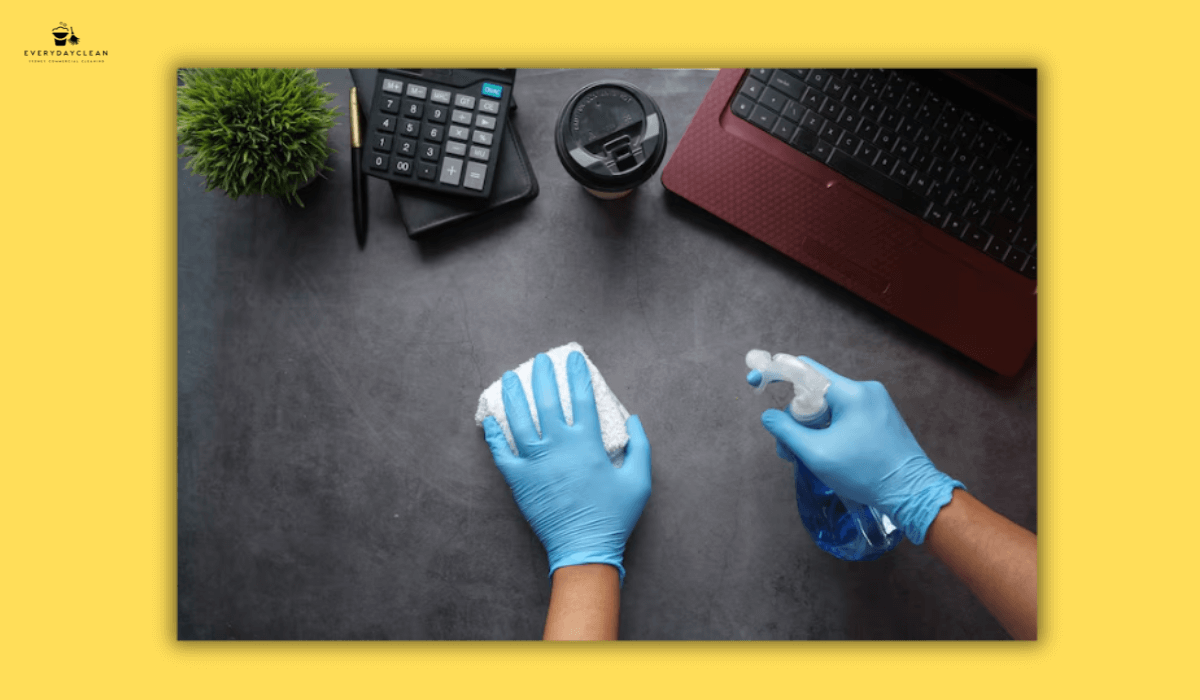12 Cleaning Tools for Disabled Australians
People living with disability face specific challenges when maintaining a clean and functional home. The right cleaning tools for disabled Australians must minimise physical strain, reduce fall risks, and promote independence—especially when cleaning alone. This guide explores 12 practical tools designed for individuals with limited mobility, arthritis, chronic fatigue, or neurological conditions. It also outlines where to buy them, how NDIS funding may apply, and what steps can be taken to clean safely and effectively with assistive equipment.
12 Best Cleaning Tools for Disabled Australians
The following tools have been selected based on feedback from users with mobility impairments, arthritis, chronic pain, and neurological conditions. Each tool supports different cleaning tasks while reducing the strain on joints, balance, or grip strength.
1. Long-Handled Dusters and Mops
Long-handled cleaning tools allow users to reach ceilings, under furniture, or across floors without bending or stretching. Many feature adjustable telescopic handles and ergonomic grips.
These tools help reduce physical strain for people with back issues, limited mobility, or wheelchair use. Microfibre mop heads are ideal because they require minimal pressure to lift dust and debris effectively.
2. Lightweight Cordless Vacuums
Battery-powered vacuums reduce the physical effort of cleaning while eliminating trip hazards from cords. Look for models under 2.5kg with easy-grip handles and floor-level buttons for activation.
Some models offer wall-mounted charging stations, reducing the need to bend or reach into cupboards. Brands like Dyson and LG offer disability-friendly stick vacuums in Australia.
3. Robot Vacuums
Robot vacuums handle routine floor cleaning without physical input. With scheduled cleaning times and smartphone app control, they suit users with chronic fatigue or mobility restrictions.
Ensure the vacuum can navigate tight spaces and low-pile rugs. Most models work well on hard floors and offer auto-charging features. Ideal for daily maintenance.
4. Gripping Tools and Reachers
Grippers or grabbers help users retrieve items from the floor or high shelves without bending or climbing. They’re also handy for picking up rubbish or replacing items during tidying.
Choose models with textured rubber tips for a firmer hold and a trigger-style handle. This tool reduces the risk of falls and supports both cleaning and daily living tasks.
5. Shower and Bathroom Scrubbers with Extended Handles
Bathrooms are high-risk areas for slips. Tools that reduce bending or kneeling—like long-handled scrubbers—make these spaces easier to clean safely.
Opt for angled brush heads or pivoting scrubbers that allow you to clean tiled walls, bathtubs, and glass panels from a standing or seated position.
6. One-Handed Spray Cleaners or Touch-Free Dispensers
Many cleaning sprays are difficult to operate for users with only one functional hand or weak grip strength. Look for automatic spray dispensers, or opt for one-handed trigger bottles.
Alternatively, consider refillable touch-free spray bottles for sinks or benches that respond to hand waves or voice prompts. These are especially helpful in kitchens and bathrooms.
7. Sit-to-Clean Cleaning Buckets
Standard buckets are heavy and awkward to carry. Low-profile cleaning buckets with built-in seats or wheels allow users to sit while cleaning or easily pull the bucket around the house.
These are especially useful for mopping, gardening, or window cleaning. If window cleaning is a recurring concern, check out our guide to NDIS window cleaning and how to adapt tasks with mobility in mind.
8. Adapted Gloves and Easy-Grip Sponges
Cleaning tools that consider hand dexterity are essential. Easy-grip sponges, loop-handle brushes, and adaptive gloves make scrubbing and wiping manageable for people with arthritis or tremors.
Look for textured gloves with non-slip coatings and loop attachments that secure cloths or scrubbing pads into place.
9. Foldable Cleaning Caddies
Organising tools in a compact, accessible cleaning caddy helps reduce unnecessary movement. Choose foldable or soft-sided caddies with wide straps that are easy to carry or hang on mobility devices.
Caddies should be lightweight and pre-stocked with daily-use items. Include microfibre cloths, small spray bottles, and disinfectant wipes.
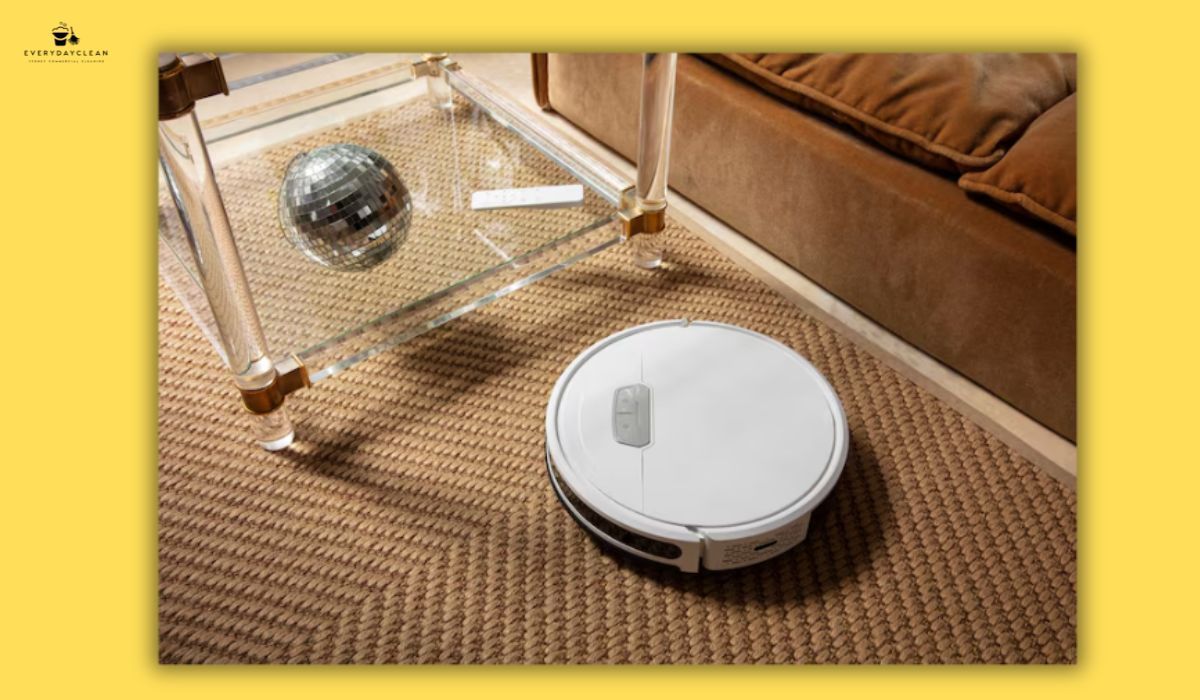
10. Velcro Mop Pads and Magnetic Attachments
Replacing mop heads or dusters can be difficult for users with limited strength or dexterity. Choose tools with velcro or magnetic heads that attach with minimal effort.
This feature also allows for quick changes between dry and wet cleaning tasks without requiring tool disassembly.
11. Smart Home Cleaning Devices
Voice-controlled cleaning tech (such as Google Assistant or Amazon Alexa-compatible devices) allows users to operate vacuums, lights, and air purifiers via voice or smartphone.
These devices reduce reliance on physical movement and enhance cleaning independence. The setup should include clear labeling, automation routines, and low-tech backup options.
12. Customised Tools from Occupational Therapists
In some cases, adaptive cleaning tools may need to be custom-built or modified. Occupational therapists can assess an individual’s mobility and recommend tools suited to specific needs.
These may include wheel-mounted cleaning attachments, gripping aids, or home layout adjustments to simplify cleaning paths and storage access.
Are Cleaning Tools for Disabled People Funded by the NDIS?
The NDIS may cover cleaning tools if they are considered “reasonable and necessary” to a participant’s plan. This includes tools that support independent living and reduce the need for paid support workers.
Participants should consult with their support coordinator or occupational therapist before purchasing. If approved, tools can be purchased under Core Supports or Consumables, depending on the item.
For example, an automatic vacuum or adaptive mop may be covered if it reduces the need for a domestic assistant. However, luxury cleaning items or tools with no demonstrable disability benefit may not be approved.
Where to Buy Cleaning Tools for People with Disabilities
Accessibility-focused cleaning tools are increasingly available from Australian retailers. Popular options include:
- Aidacare – NDIS-registered supplier with a wide range of mobility and household tools.
- Independent Living Specialists (ILS) – Known for adaptive household equipment, including grabbers, reachers, and mop sets.
- Everyday retailers like Bunnings, Big W, and Kmart now stock ergonomic cleaning tools suitable for mild impairments.
For tailored support with cleaning tasks, many participants also engage
NDIS cleaning services that understand assistive needs and can complement home tools effectively.
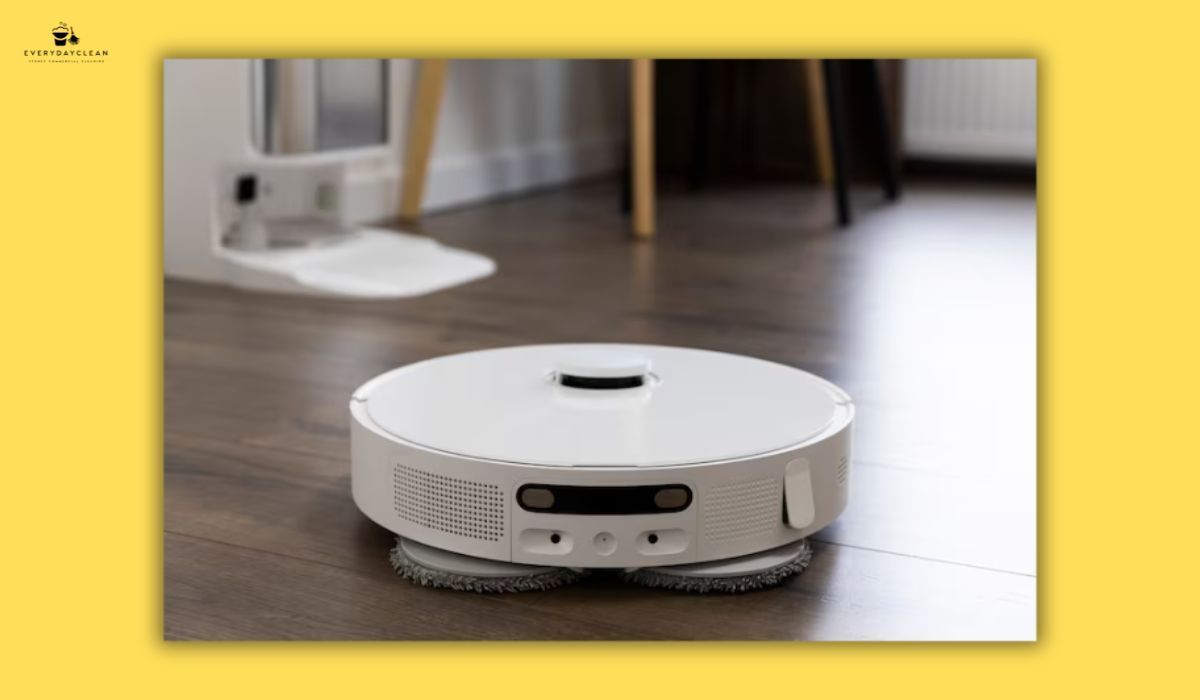
FAQs About Cleaning Tools for Disabled Australians
Cleaning with a disability presents unique questions. Below are some frequently asked queries sourced from real user search patterns and community forums:
What is the best vacuum cleaner for someone with arthritis?
When choosing a vacuum cleaner for someone with arthritis, prioritise models that are lightweight (under 3kg), cordless, and easy to manoeuvre. The Dyson Omni-glide and LG A9 Kompressor are popular in Australia due to their ergonomic handles and floor-level activation switches. Robot vacuums like the Roborock or Eufy can also automate routine cleaning, reducing wrist and hand fatigue entirely. Consider wall-mounted charging docks to avoid bending when storing the vacuum. Always try in-store to check the handle grip and ease of emptying the dust bin.
Are there mops that don’t require wringing?
Yes, flat microfibre mops with velcro pads or disposable sheets don’t require manual wringing. Brands like Vileda and Sabco offer spray mops where the cleaning solution is dispensed directly from the handle. These allow the user to spray, mop, and dry without touching water. Some mops also include foot-pedal wringers or automatic spinning systems that minimise hand use. For people with arthritis or spinal conditions, these mops simplify floor cleaning with less effort and water exposure.
Can NDIS participants buy cleaning tools themselves?
Self-managed and plan-managed NDIS participants can purchase approved cleaning tools directly, provided the tools align with their goals and are included in the plan. It’s best to keep receipts and confirm the item is listed under the correct category (typically Core Supports or Consumables). Participants under NDIA-managed plans must use NDIS-registered providers. For higher-cost tools like robot vacuums, quotes or occupational therapist recommendations may be needed. Always check with your support coordinator or plan manager before purchasing.
How can someone clean safely if they have balance issues?
People with balance difficulties should avoid cleaning tasks that involve reaching, bending, or using unstable ladders. Instead, use long-handled tools to clean from a stable seated or standing position. Keep cleaning paths clutter-free and rely on aids such as wheeled caddies or robotic devices. Non-slip shoes, sturdy grab rails, and stool-based cleaning can reduce fall risk. Cleaning in short bursts and using lightweight supplies can also prevent fatigue. For tasks requiring more movement, consider support from a carer or cleaning service.
Final Thoughts: Supporting Independent Cleaning at Home
Adaptive cleaning tools are not about luxury—they are about dignity and independence. For people living with disability, the right cleaning tools reduce injury risk, empower daily living, and remove the need to rely on others unnecessarily. Whether through simple aids like reachers or advanced robot vacuums, there is a growing range of solutions tailored for real-world use.
Everyday Clean supports NDIS participants with accessible, respectful, and flexible cleaning services across Sydney. Learn more about our NDIS cleaning services or request a quote tailored to your needs today.
Author: Everyday Clean Content Team
Everyday Clean is Sydney’s trusted provider of commercial cleaning solutions, including pools, gyms, offices, and strata properties. Our licensed professionals use advanced, eco-friendly equipment to deliver safe, compliant, and spotless results. With deep experience across Sydney’s hospitality, fitness, and residential sectors, we help facilities maintain inviting, healthy environments that guests trust.
